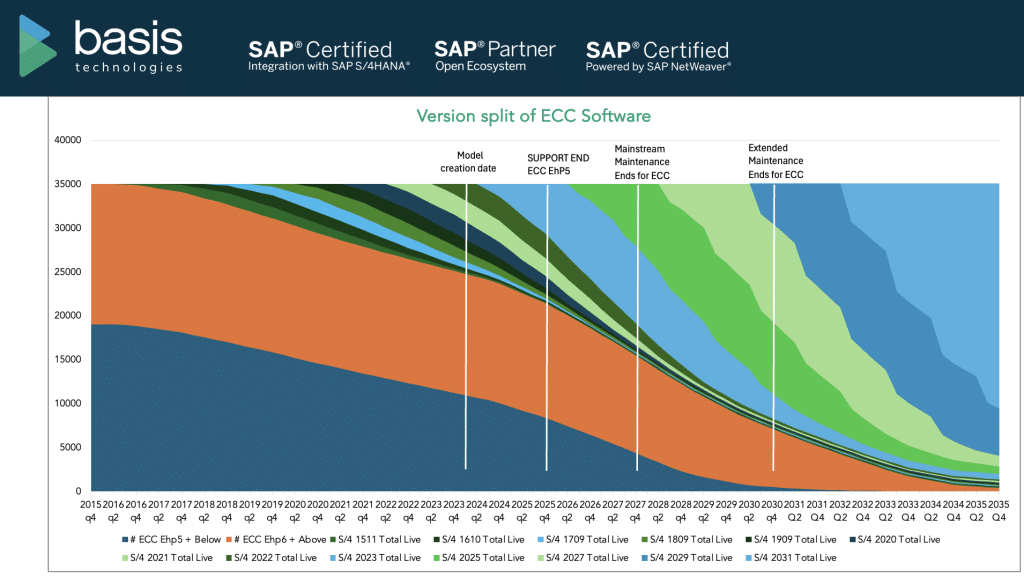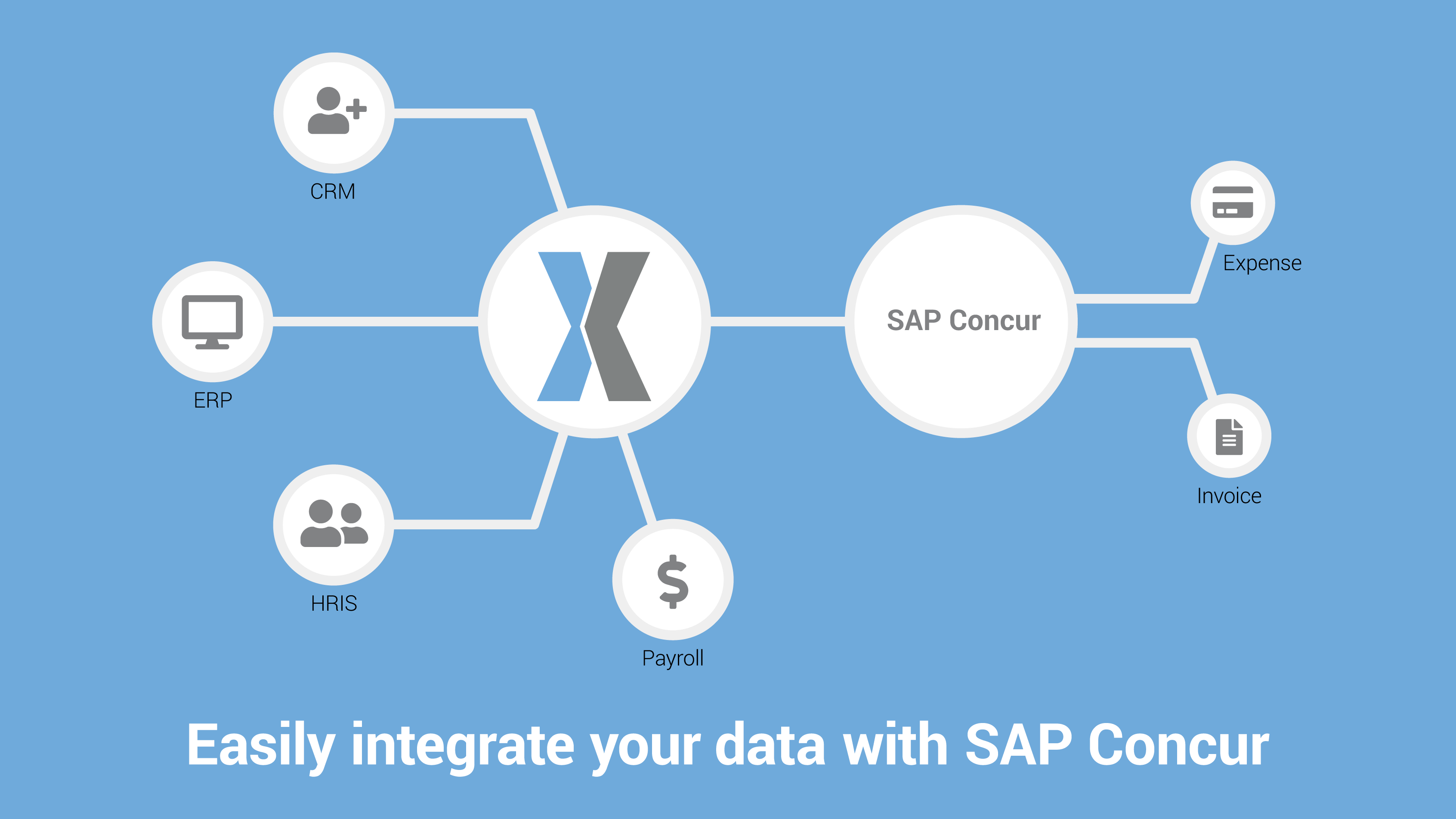As the saying goes “the only constant thing in life is change”. We change our shoes, our jobs, even our relationships. In business knowing when is the right time for change, and how much change is the secret to strategic planning.
For many CIO’s dealing with home-grown business systems that have been cobbled together over the past decade or two as well as companies with older versioned ERP systems – the question is, when do I pull the trigger on a new system. For those C level executives dealing with SAP systems, the question is – when is the right time, if ever, to pull the switch on S/4.
If your 2020 systems To Do list includes major changes to your business systems then keep these guidelines in mind:
Do your Research.
If you are still running a home-grown system or an older legacy system whose maintenance has expired for some time – then it is likely that a new ERP system is on your horizon. Do the research on ERP systems out there – SAP, Oracle, Peoplesoft are the premier leaders but there are also second tier software choices that fit smaller companies. Above all, try to determine business processes and initiatives that would be advantageous to your company and determine if your current platform will support those initiatives. Indicators that your technology might be holding you back:
- Are there business processes you want to adopt that your platform can’t support?
- Do you have multiple disparate systems interfaced together to try and maximize functionality?
- Are there business functions that are disparate or still managed manually?
- Is your current system outdated, unsupported or nearing end-of-life?
For this trip – get Everyone on board.
Too often businesses treat system projects as either Business driven or IT driven – it should be both. Not having both sides involved in the planning and execution will cause unnecessary conflict. There will be times in the project when various departments will be asked to do extraordinary work – like testing late into the night – and buy-in and cooperation is crucial to success. Also, be realistic about your resources to avoid budget overruns and scope creep. Things to keep in mind:
- Do you have buy-in and signoff from C level through to the lowest level of your organization?
- Did you get sign-off from all stakeholders on project costs, dates and deliverables?
- Have you discussed compatibility issues and data concerns with providers and partners?
Cost – Show me the money.
Too often a good project with good intentions gets put on hold because the budget is not correctly appropriated. Yes, we mentioned it above but it bears repeating again. Identify the business areas and processes you are trying to improve and establish an ROI for these improvements. It is always easier to say we are going to spend X and we expect a savings of Y. It is also important to have a true and accurate estimate on project costs, both hardware and software as well as consulting costs. Some things to consider:
- Should you outsource the job or bring in experts to consult on the project?
- Have you established a budget and ROI (and a way to measure it)?
- Have you factored in Change Management and the economic impact the project will have on users related to new systems and processes?
Compatability.
How your ERP platform integrates with partners and third-party solutions is crucial if you want it to scale and adapt your growing business. Many ERP systems have capabilities built-in, such as order and payment processing, inventory management, CRM, Business Intelligence etc. But while these ERP systems are robust, they are definitely not turnkey. it’s likely you’ll want to customize to meet your specific business situation. To ensure your business processes will work together seamlessly, consider:
- Are there new integrations or products available that could make your ERP perform better?
- How will a platform changes impact existing or new third-party solutions?
- What about my supply chain? How are these new changes going to impact existing operations with partners and vendors?
Look to the Future.
The biggest incentive to upgrade your ERP system is to accommodate future growth. After all, you don’t want to be in the same position you are currently, again in 10 years. Be sure you have features and functionality options that can scale in volume or scope as your needs change. Will your ERP capability extend to accommodate:
- Expansion through acquisitions, new locations or foreign markets?
- More process control for vertical industries and business units like HR and payroll?
- Complex transactions: foreign currency, subscription billing, sales tax compliance?
- New and anticipated technology changes in your industry?
Big Data and Reporting Analytics.
The big push currently, and long into the future is the accumulation of data for reporting purposes. It’s not enough to know what your customers are buying, you need to know why. Your ERP should warehouse data in a structured and scalable manner to enable better decision-making. Is your system robust enough to:
- Analyze performance, variances and process anomalies across all business functions?
- Make forecasting, pricing and sales decisions based on quantitative data?
- Produce detailed reports that benchmarks process efficiency and regulatory compliance?
- Produce scalable reporting for all divisions in the company: Finance, Sales, C level
The decision to upgrade your current system to an ERP system can be a challenge. Having the data behind as to why do the upgrade and how to go about such a project can help you get the project approved and help you sleep better at night.





